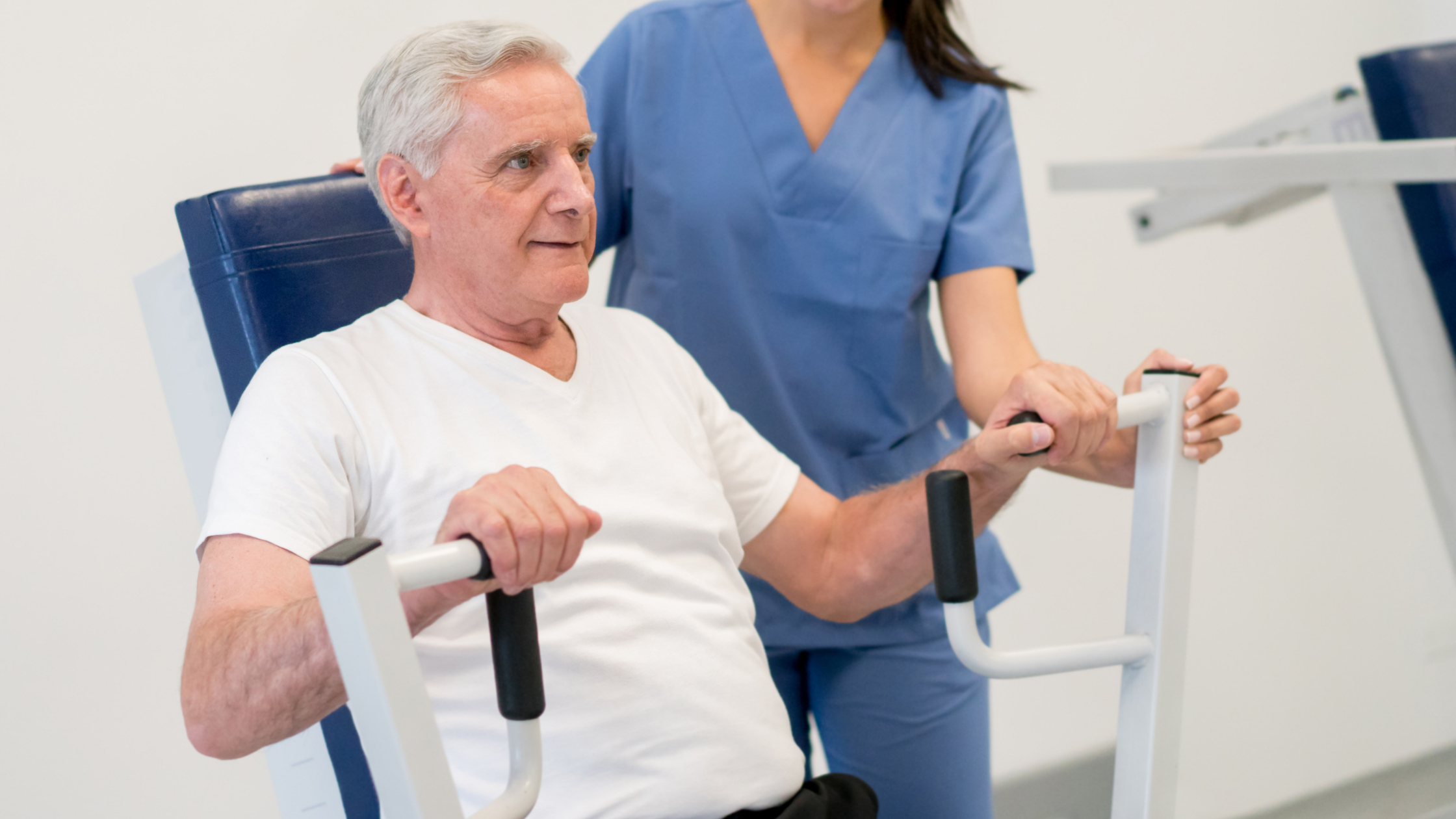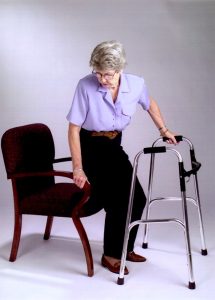Communication is vital to an individual’s development and well-being, but it can be challenging for patients with cerebral palsy to communicate effectively. At Home Advantage Rehabilitation Solutions, we offer individualized speech therapy to patients living with cerebral palsy. Continue reading below to discover the effects that cerebral palsy can have on one’s speech.
What Is Cerebral Palsy?
Cerebral palsy is a non-progressive, permanent condition resulting from damage to the developing brain during pregnancy or shortly after birth. This condition affects individuals in different ways, but language and speech problems are common because of the sensory, motor, and intellectual impairments it causes.
How Does Cerebral Palsy Affect Speech?
Cerebral palsy can affect an individual’s ability to coordinate the muscles around the mouth and tongue needed for speech. Some speech impairments in cerebral palsy can include:
- Articulation – Due to weakness in the head, neck, face, and throat muscles and poor oral motor control, articulation is affected. These issues can interfere with a person’s ability to form syllables, make sounds, and say words and make it difficult for others to understand their speech.
- Dysarthria – Also referred to as slurred speech, dysarthria results from impaired muscle movement in the lips, tongue, and vocal folds. This disorder can also make it challenging to generate enough breath to speak.
- Communication Problems – These issues are often related to processing and understanding language, limited vocabulary, and trouble putting words together to convey ideas. Individuals with cerebral palsy can encounter challenges with communication skills like memory, perception, problem-solving, and other cognitive functions.
Speech therapy for patients with cerebral palsy aims to improve communication and speech skills by strengthening the muscles needed for speech, enhancing their understanding of speech, and increasing oral motor skills. Speech therapy can also help with swallowing disorders. Our team will take a detailed assessment of an individual’s needs and devise a treatment plan to address the issues they are coping with.
Contact Us
Communication is a critical component of everyone’s daily life experience. Patients with cerebral palsy face a daily challenge of communicating their thoughts, but speech therapy can be a helpful intervention. At Home Advantage Rehabilitation Solutions, our team is here to help patients learn adaptive and compensatory strategies to communicate as effectively as possible. Contact our team today to learn more about speech therapy for cerebral palsy.









